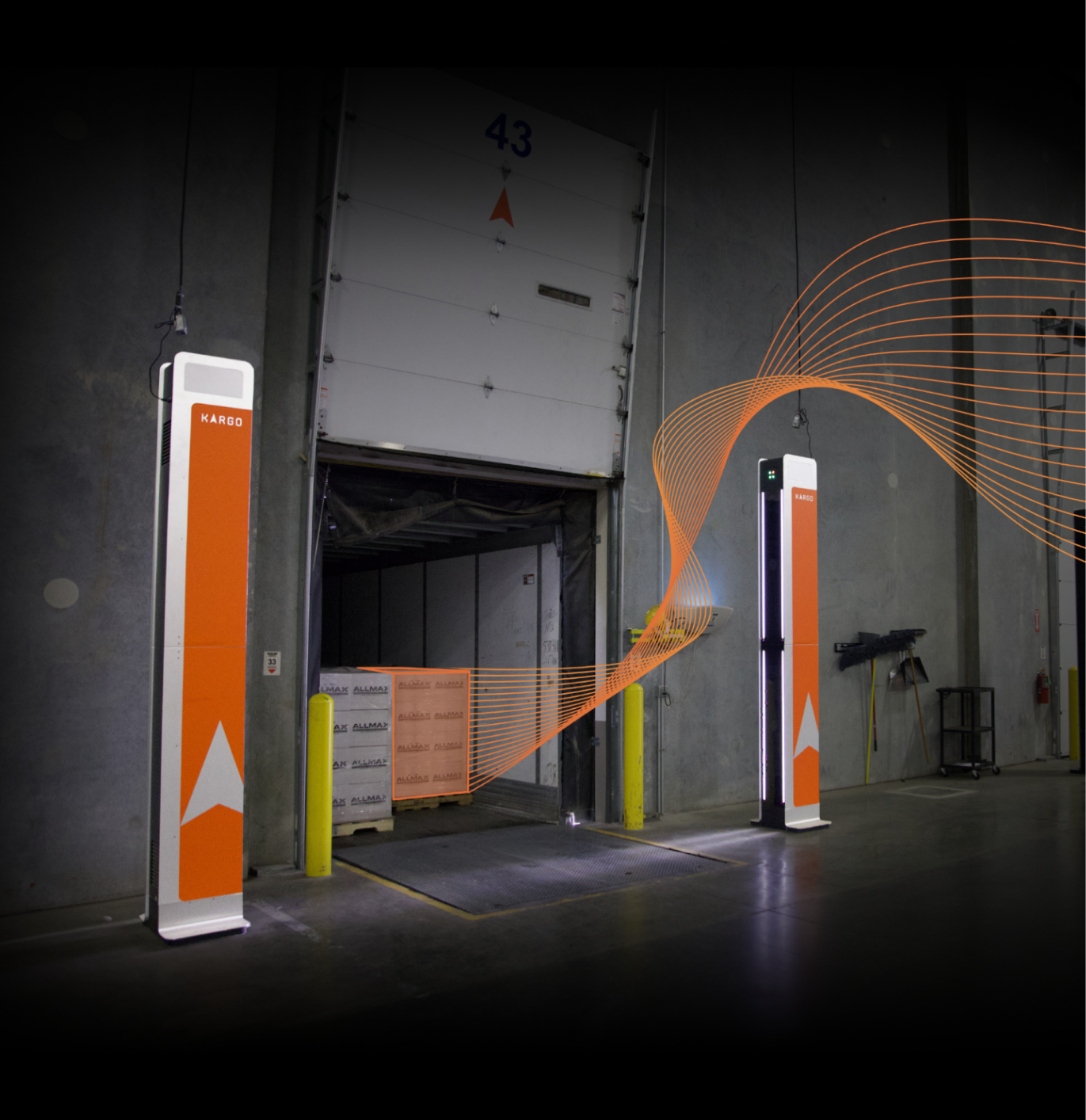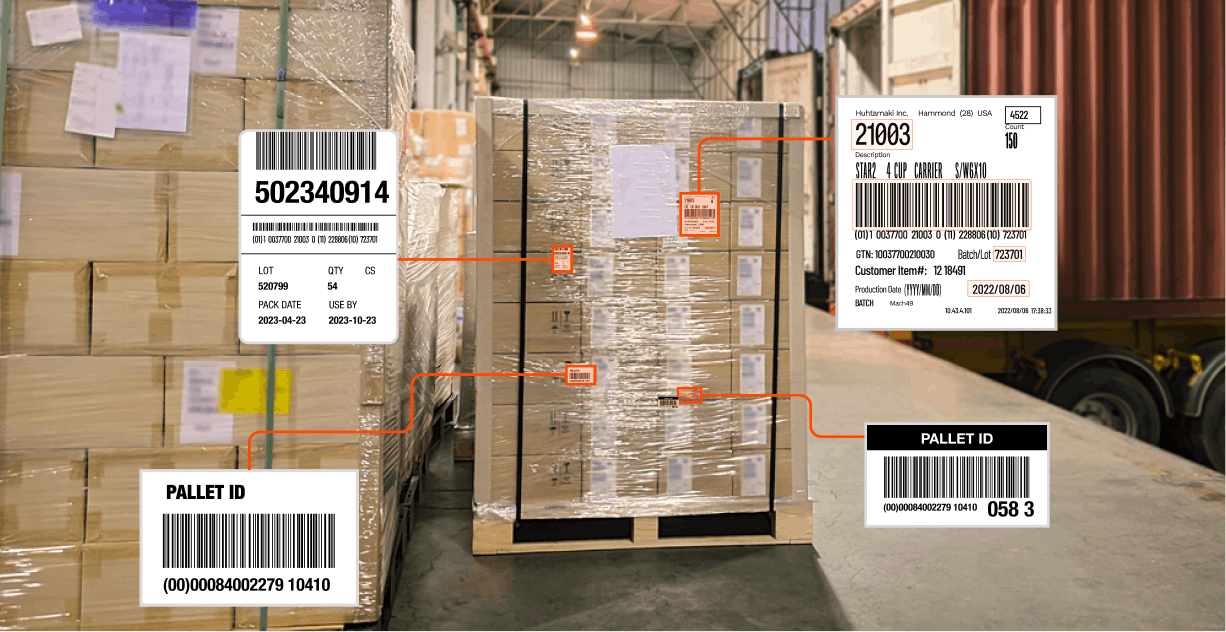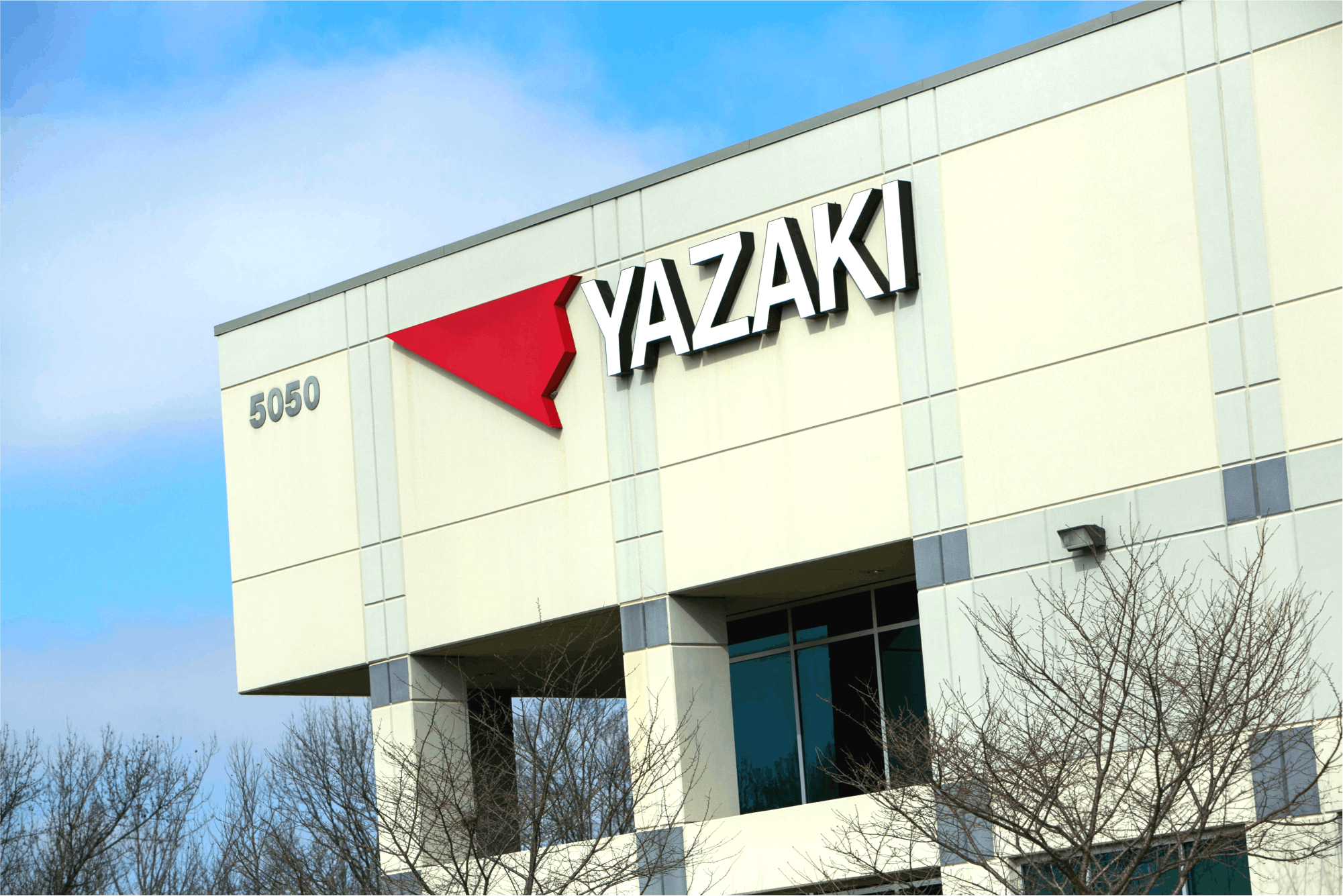How It Works
Why Kargo's OCR Outperforms Generic OCR for Label Reading
| Kargo | 5 min
What You Need to Know
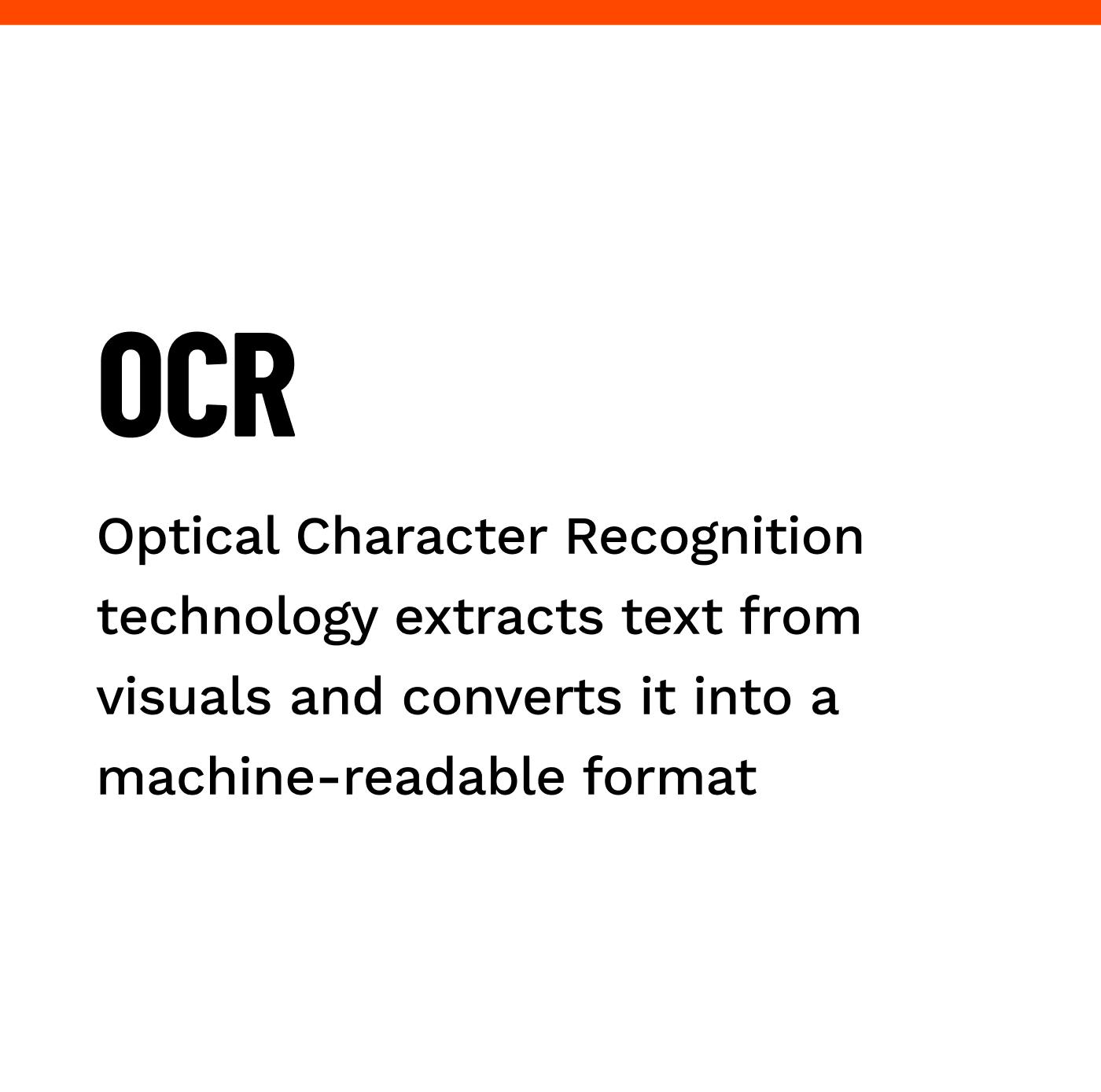
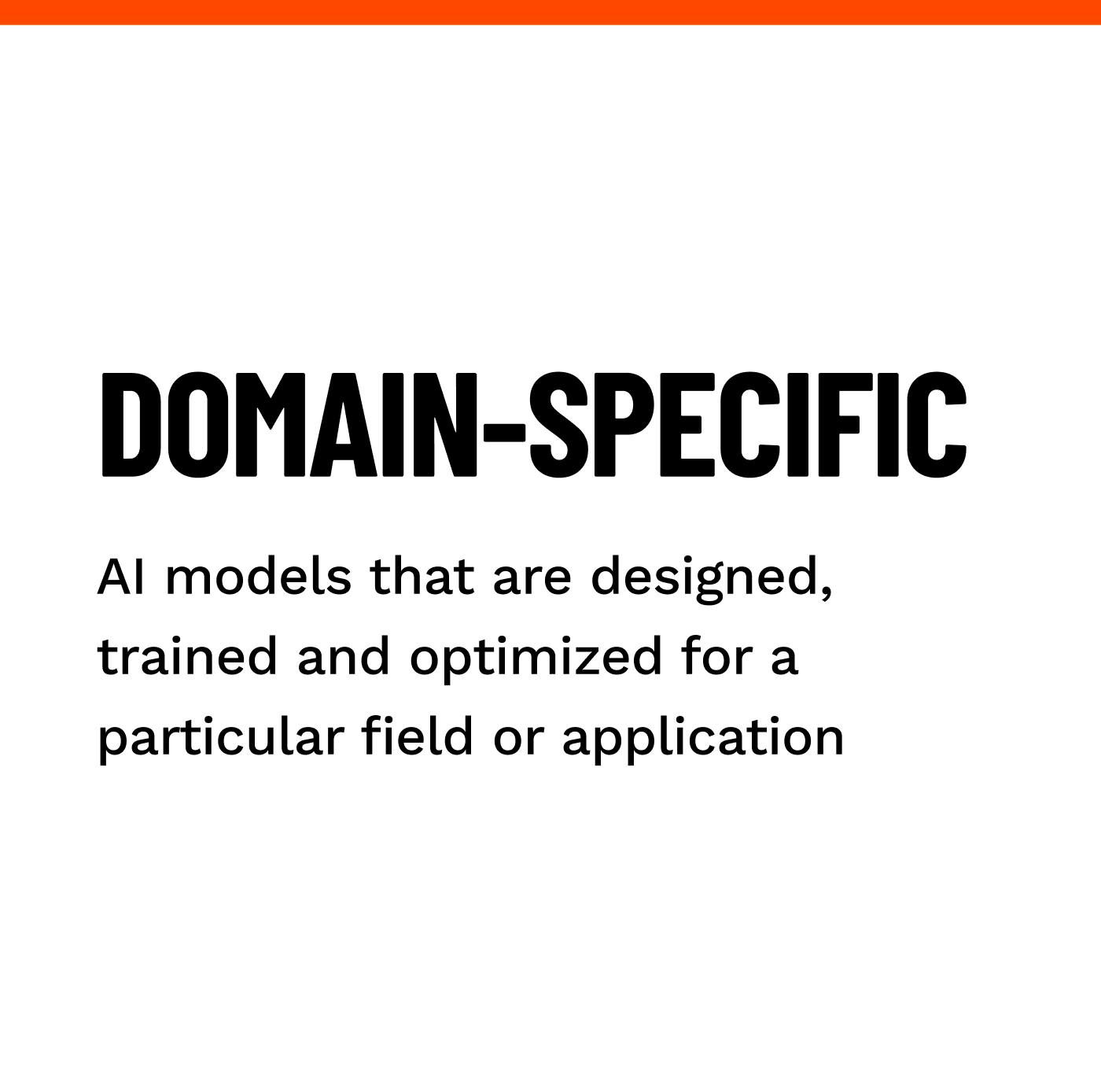
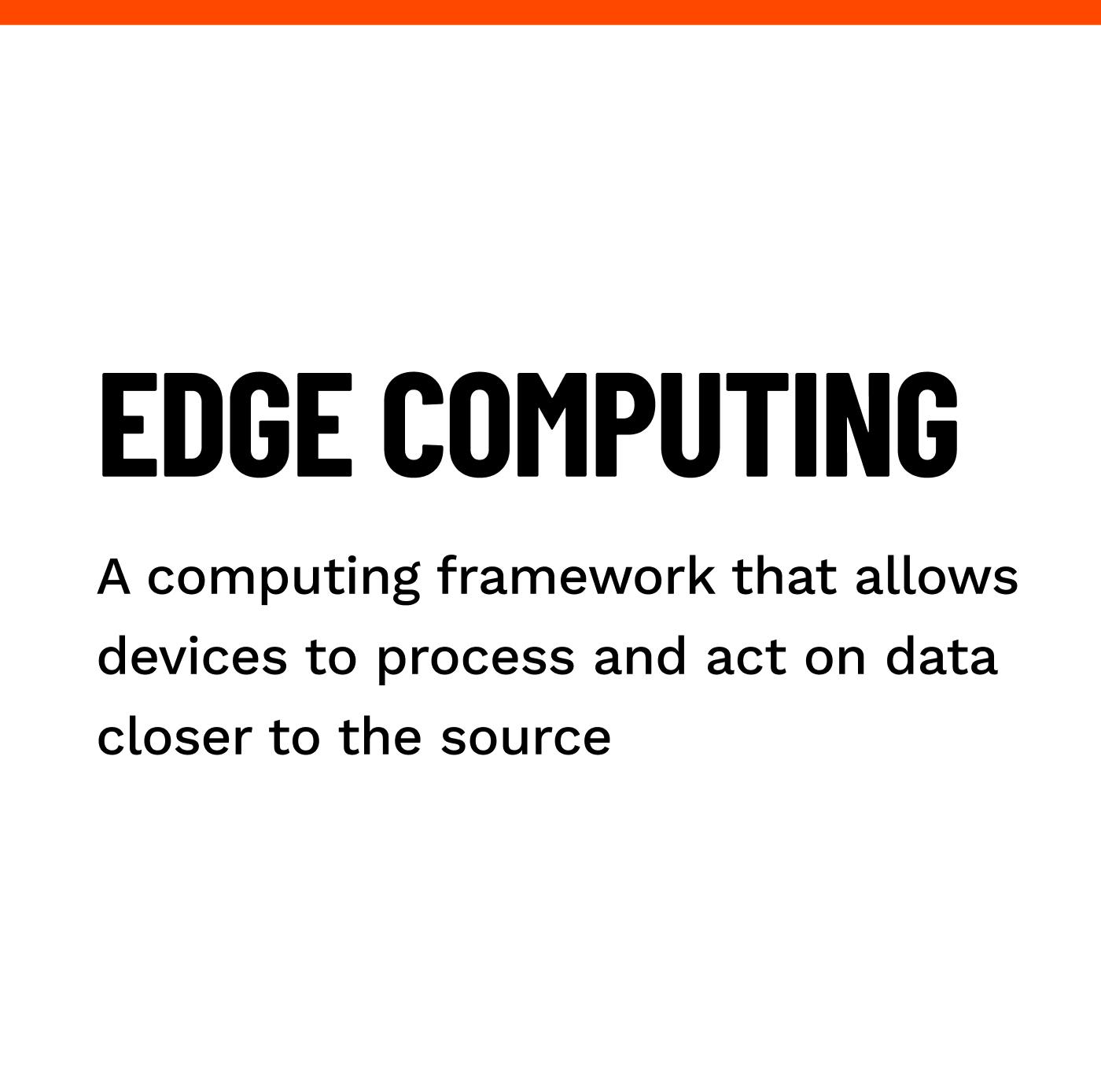
In the world of logistics, Optical Character Recognition (OCR) technology has become the key to automating data extraction from labels, scanned documents and photos - minimizing human error and maximizing efficiency.
But not all OCR systems are created equal. Generic OCR solutions, like Google’s OCR, provide a broad but shallow level of functionality, whereas domain-specific OCR systems are tailored to the specific needs or challenges.
Here we'll examine how Kargo’s purpose-built OCR system for label reading enhances accuracy, security, and real-time operational capabilities.
The Challenges of Freight Label Reading
Extracting information from freight labels accurately is more complex than it appears. While generic OCR solutions can handle text recognition tasks within specific parameters, they often fall short when faced with the specific challenges posed by freight labels in the logistics industry. These challenges include:
- Fonts. Freight labels use a wide range of fonts, including custom and proprietary fonts, which may not be part of the training dataset of generic OCR systems. Certain fonts can cause characters to look very similar to each other, which can lead to misinterpretation by OCR systems. For example, the characters "505" might be misread as "SOS" in certain fonts. This type of error is especially problematic in logistics, where precise information like tracking numbers, addresses, and product codes is crucial
- Language. Generic OCR systems are typically optimized for natural (human) languages, which follow predictable patterns and contexts. However, freight labels often contain non-natural language text, such as serial numbers, part numbers, and other alphanumeric codes. These elements do not follow the grammatical rules or patterns of natural language, making it difficult for generic OCR systems to accurately recognize or predict the text, especially when faced with variations in fonts and formats.
These challenges highlight the need for specialized OCR solutions tailored to the specific requirements of the logistics industry.
The fonts and non-natural language used in logistic labels can pose challenges for generic OCR systems, potentially leading to significant errors in interpreting critical information. Specialized OCR solutions are designed to address these challenges by providing more accurate and reliable text recognition in the logistics context.
Kargo's Purpose-Built OCR Solution
Kargo’s specialized OCR technology is designed specifically to meet the unique demands of the logistics industry. Unlike generic OCR systems, which are created to handle a broad range of text recognition tasks, Kargo’s OCR is purpose-built to handle the challenges that come with extracting information from freight labels. Benefits of Kargo’s OCR technology include:
- High accuracy, low quality images. Whether dealing with labels that are partially obscured by glare from plastic wrapping or damaged during handling, images of freight labels are rarely perfect. Kargo’s OCR was designed to account for low quality images and can interpret and extract the necessary data with over 99% accuracy.

- Adaptable to any font or format. Kargo’s OCR is also adaptable to different fonts used in the logistic industry. This is crucial in the logistics industry, where labels can vary widely in their design and layout.

By focusing on overcoming the challenges of label reading, Kargo’s OCR technology provides a level of performance that generic OCR systems simply cannot match. This domain-specific approach ensures that operations can run smoothly, with accurate and reliable data extraction from freight labels.
Benefits of Edge OCR in Logistics
In addition to more accurate label reading, Kargo’s OCR enhances security and real-time operational capabilities. These benefits are made possible through the use of edge OCR, which is OCR performed directly on the device.
Real Time Data
Latency is a key advantage of Kargo’s OCR technology. By leveraging Kargo OCR on the edge, information is extracted much faster (reducing the throughput requirements necessary to send images to the cloud). This immediate data processing capability allows Kargo’s OCR system to provide real-time operational feedback, which is essential for maintaining efficiency and accuracy in logistics operations.
As soon as a label is scanned, Kargo instantly flags exceptions such as misships, shelf-life, or compliance issues. This immediate feedback enables warehouse personnel to take quick corrective actions, reducing mistakes without delaying the load. The ability to address issues as they occur is crucial for maintaining smooth operations and preventing costly disruptions in a fast-paced environment.
Extracting the Information
In addition to providing real-time data, Kargo’s edge OCR also offers enhanced security. Processing data locally on-device minimizes the risk of data breaches and ensures compliance with data protection regulations.
By leveraging edge OCR, Kargo’s system offers a more secure and efficient solution for label reading. The combination of real-time data processing and enhanced security makes Kargo’s OCR an ideal choice for companies looking to improve their operations while maintaining strict data protection standards.
The Rise of Domain-Specific AI
Kargo's domain-specific OCR is part of a broader industry trend towards domain-specific artificial intelligence (AI), which outperforms generic AI because it was created for a specific industry.
Across various fields, domain-specific AI is emerging as a powerful tool, leveraging focused training data and customized algorithms to deliver superior performance tailored to industry-specific needs. By honing in on the distinct requirements and nuances of particular domains, these AI models provide enhanced precision and relevance, driving significant improvements in efficiency and decision-making.
As businesses increasingly seek to optimize operations and gain a competitive edge, the adoption of domain-specific AI continues to accelerate, demonstrating its transformative potential across diverse sectors.
Kargo’s OCR v. Generic OCR
Kargo’s OCR technology provides a tailored, high-performance solution for the logistics industry. With its ability to handle challenging images, adapt to various fonts and formats, and provide real-time data with enhanced security, Kargo’s OCR stands out as a superior alternative to generic OCR systems. This domain-specific approach ensures that logistics operations can run more efficiently and accurately, ultimately leading to better performance and reduced operational costs.
Questions?
Connect With us
Ask us anything or drop your email to stay in touch

